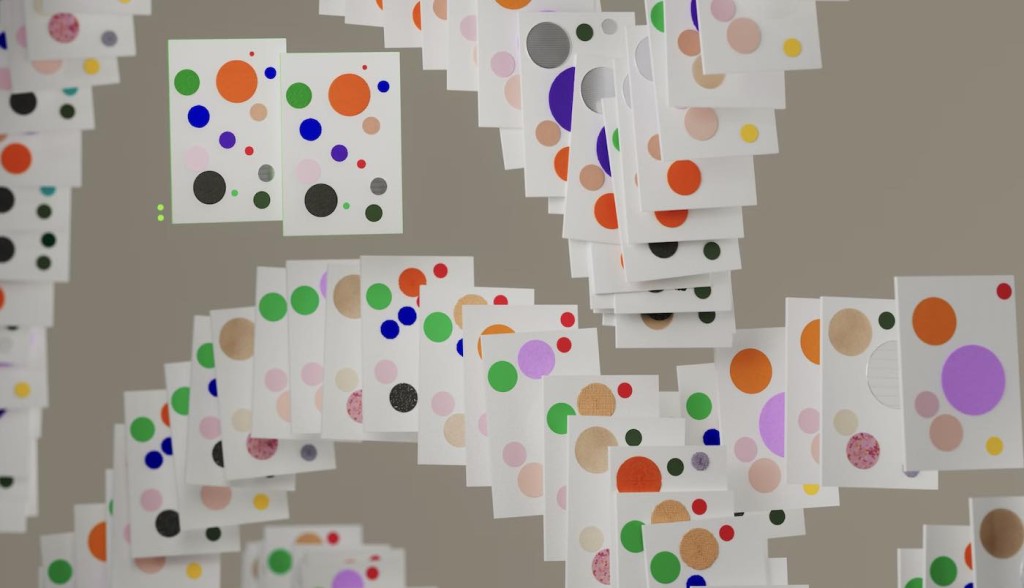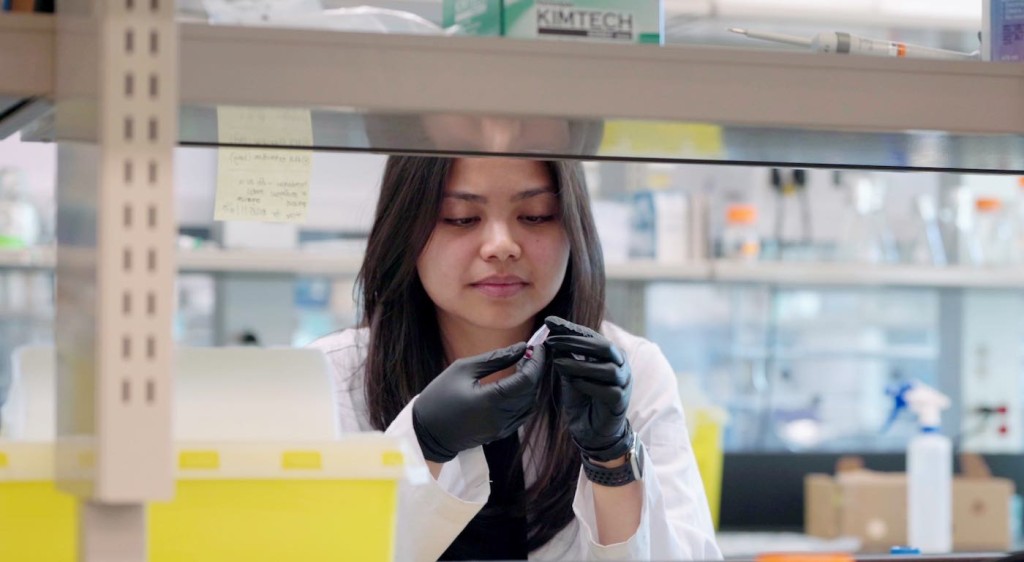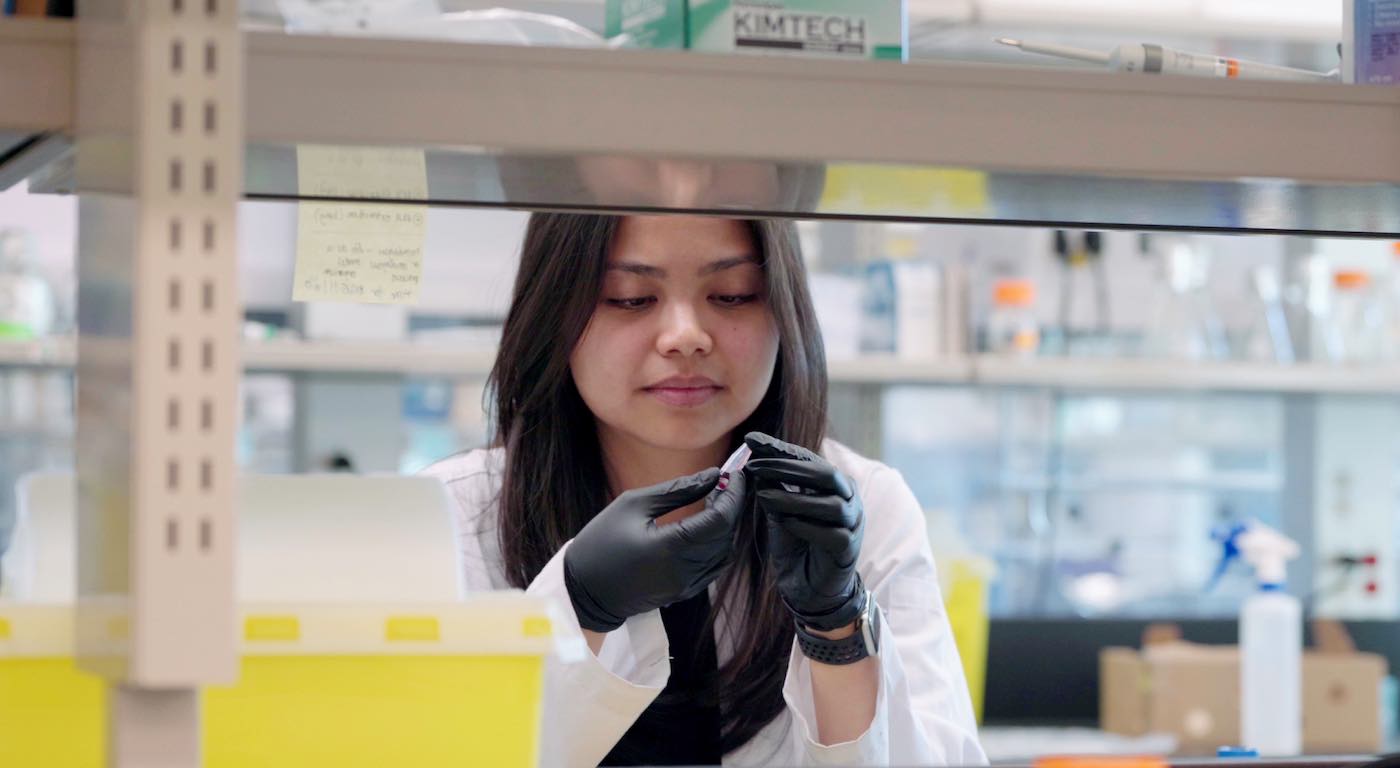
An antibiotic that could be used to treat one of the world’s most drug-resistant superbugs has been discovered by a supercomputer using AI.
Artificial intelligence is proving to be a great tool for combating antimicrobial resistance, which the World Health Organization named as one of the top ten global public health threats facing humanity.
In this case, Canadian and US scientists used ‘deep learning’ to identify an antibiotic molecule that can kill Acinetobacter baumannii, one of the most dangerous antibiotic-resistant bacteria. Notoriously difficult to eradicate, A. baumannii causes infections in vulnerable hospital patients—like premature babies and those with compromised immune systems.
The bug can survive on surfaces such as door handles, cupboards and beds for long periods, and can cause pneumonia, sepsis, and meningitis—all of which are potentially fatal.
The superbug’s ability to pick up DNA from other species of bacteria in its surroundings —including antibiotic-resistance genes—makes it uniquely invincible. But the AI algorithm predicted a compound that can beat it.
The researchers named the newly discovered compound abaucin, and proved its effectiveness in experiments on mice with infected wounds and bacterial cells grown in the lab.
Also Just Discovered: Neglected 80-year-old Antibiotic Reemerges as Highly-Effective Against Resistant Bacteria
The AI process used could also speed the discovery of treatments for other potentially fatal diseases—including MRSA—because it can access hundreds of millions, possibly billions, of molecules that have potential antibacterial properties.
Conventional molecule screening techniques are time-consuming, costly, and limited in scope.

“Using AI, we can rapidly explore vast regions of chemical space, significantly increasing the chances of discovering fundamentally new antibacterial molecules,” said lead author Dr. Jonathan Stokes, of McMaster University, in Ontario.
Co-author Professor James Collins, of Massachusetts Institute of Technology (MIT), agreed. “We know algorithmic models work. Now it is a matter of widely adopting these methods to discover new antibiotics more efficiently and less expensively.”
The study, published this week in the journal Nature Chemical Biology, describes abaucin as especially promising because it only targets A. baumannii—a crucial finding which means the pathogen is less likely to rapidly develop drug resistance.
Most antibiotics are broad spectrum in nature, meaning they kill all bacteria, but they also disrupt the gut microbiome, which opens the door to a host of serious infections, including C difficile.
“We know broad-spectrum antibiotics are suboptimal and that pathogens have the ability to evolve and adjust to every trick we throw at them,” added Stokes. “AI methods afford us the opportunity to vastly increase the rate at which we discover new antibiotics, and we can do it at a reduced cost.”
WATCH the news report below from CTV…
SPREAD This Life-Saving News to the World on Social Media…




















